
Dirtgirlworld, a TV series for children, combines live-action and animation to create characters. Dirtgirl and her friends promote sustainable living in a vibrant environment populated with 2D and 3D assets. In 2010, the series has received a BAFTA Children’s Awards nomination and an AFI award nomination for Best Children's Television Animation.
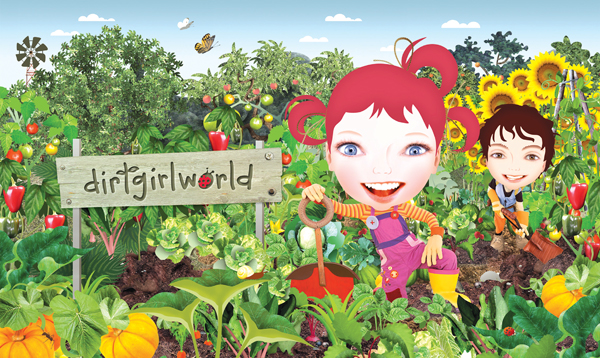 |
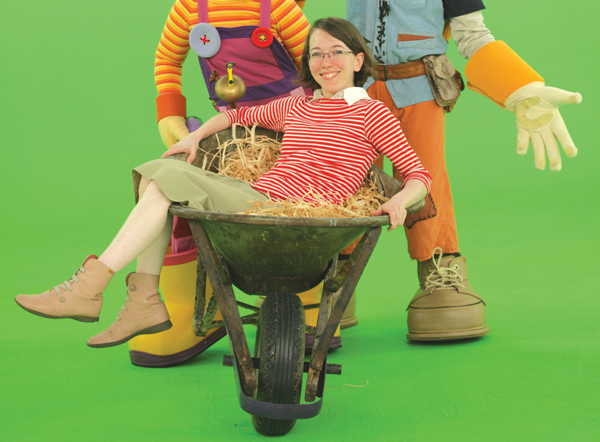 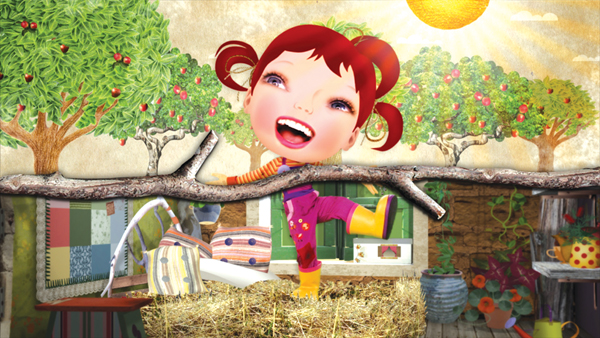 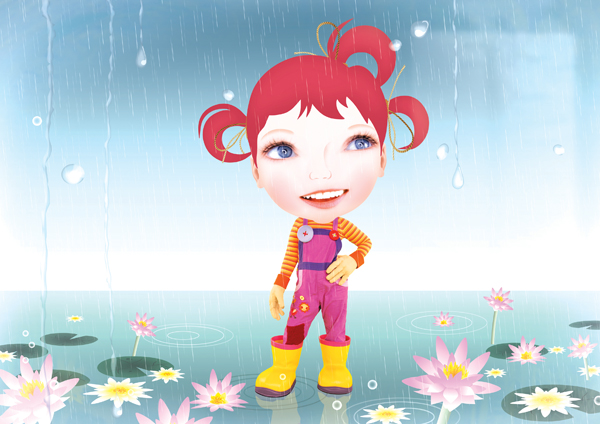 |
|
When they were ready to start producing ‘dirtgirlworld’ in 2008, series creators Cate McQuillen and Hewey Eustace were keen to design the main character Dirtgirl to be able to reach out and engage a young audience aged four to seven well enough to deliver the show’s environmental message. After seeing Hackett Films’ work on a music video for The Dissociatives using a composited, photomontage style mixing live action with animation, they thought the approach would be worth developing for ‘dirtgirlworld’. Yanick Character Building Animation director Jean Camden described the production workflow and pipeline. “Dirtgirl and her companion Scrapboy are each composed of a live action body with live action eyes and mouth composited onto a large illustrated, animated head. Building the characters involves a live action shoot on green screen. Both Dirtgirl's and Scrapboy's bodies are shot separately from their heads. The head shoots have to be done one character at a time with the actor strapped into a chair to minimise movement. Then for the body shoot, also against green screen, Dirtgirl and Scrapboy both wear oversized boots and gloves to keep the characters' proportions looking cartoony, and balance with the large heads.” The main reason for shooting the heads and bodies separately is the need to keep the eyes and mouth at a high enough resolution to enlarge and composite effectively into the heads. Therefore, the facial performances had to be shot as extreme close ups. Also, during the head shoots, the bodies had to be kept still and facing forward. “It was important to prevent the actors from moving and bobbing their heads around too much, and to avoid turning their heads too far around because of the very wide set of their eyes in the animated heads,” said Jean. “Their eyes simply slip off their faces if they exceed a three-quarter turn.” Heads and Bodies Once the performances are complete and the backgrounds are designed, compositing can begin. All compositing is performed in After Effects as well as tracking heads onto the bodies. “A principle concern has been the eyelines of the actors. Even when all four characters are to be in the one shot, each facial shoot still has to be done separately,” Jean explained. “We had no reference points for the actors to use until we devised charts based on the storyboards to place in front of the actor. These show numbers representing the other characters in relative positions corresponding to where they will appear in the finished scene. As the cast memorise their lines, they also memorise which number they should look toward at certain moments in the script.” Photomontage “The majority of elements were created using Photoshop with a combination of photographic textures and vector illustration, always simplifying the form of the object. These 2D elements were then laid out in After Effects in 3D space, where most were assigned to always point at the camera, continuing to appear as though they were 3D and not turning to pieces of paper when the camera panned through a scene. Designing many elements with a cylindrical shape helped this illusion. Textures and Techniques Dirtgirl’s tractor was represented on set by a green prop. Any parts that she needed to handle such as the steering wheel and gear levers was built and painted, but everything else could be composited in as a 3D element. The same is true of all props that actors interact with. They had to be built, painted ready to remain in the shots, scaled up to match the characters’ oversized heads and hands. During storyboarding they tried to limit the need to hold objects. All such props needed to be photographed on green screen at different angles, to composite into neighbouring shots for continuity. At the time they started shooting, a portion of the environment still had to be built to accommodate the new episodes. But by now, having completed the first series, they have gathered a large number of assets and references for Dirtgirl’s world. Also, keeping the same actors has been important because the characters' faces would change completely with different actors. The animators are based at Spin FX in Canada with their own director, Hana Kukal, while Jean was working in Sydney with the live action team, carrying out the Photoshop work, rigging, building and setting up all characters and props ready to animate. They also laid out all the assets in After Effects, ready to go. Jean and Cate oversaw the animators’ work remotely by communicating with Hana via Cinesync software, in which all parties can watch the same QuickTime together and draw on top of it to share notes and ideas. |
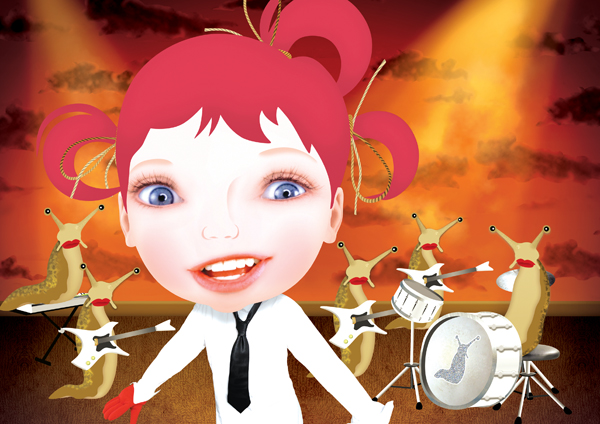 |
| Words: Adriene Hurst Images: Courtesy of mememe productions & Decode Entertainment |
| Featured in Digital Media World. Subscribe to the print edition of the magazine and receive the full story with all the images delivered to you.Only$79 per year. PDF version only $29 per yearsubscribe |


















